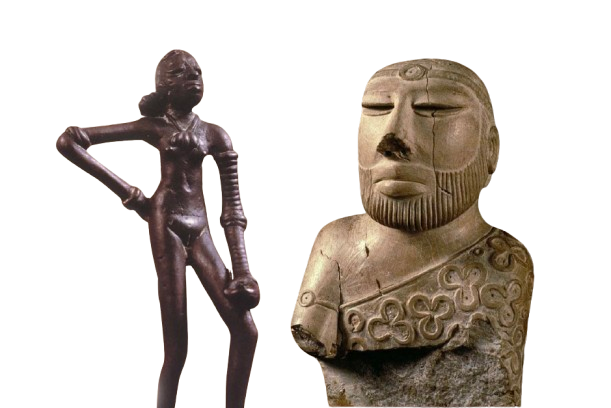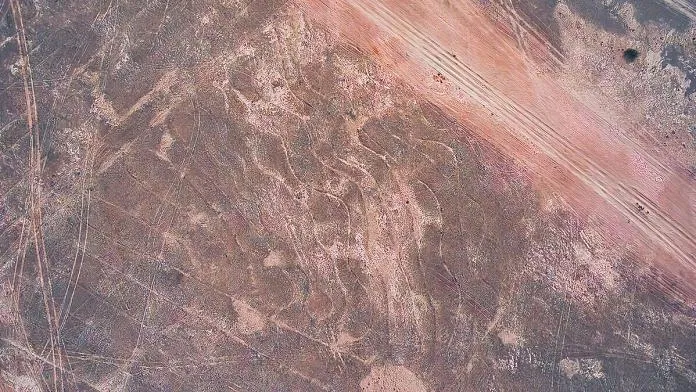Moidams of Assam: A UNESCO World Heritage Site
The rich cultural heritage of Assam has gained international recognition with the recent inclusion of the mound-burial system of the Ahom dynasty, known as “Moidams,” in the UNESCO World Heritage List. This significant achievement highlights the importance of Moidams not only as a burial tradition but also as a symbol of the region’s history and cultural identity.
Understanding Moidams
These are unique burial mounds constructed by the Ahom dynasty, which ruled Assam for nearly 600 years, from the 13th to the 19th century. These mounds, made from earth and bricks, serve as the final resting places for the Ahom kings and nobles. The construction of Moidams reflects the architectural and artistic skills of the Ahom people, showcasing their reverence for their ancestors and their belief in the afterlife.
Typically located in designated areas known as “Moidam Garh,” these burial sites are surrounded by lush greenery and are often adorned with intricate sculptures and carvings. The design of the Moidams signifies the cultural and spiritual values of the Ahom dynasty, blending indigenous practices with influences from neighboring regions.
Cultural Significance
The inclusion of Moidams in the UNESCO World Heritage List acknowledges their cultural, historical, and architectural significance. This burial practice provides insight into the customs, beliefs, and social structures of the Ahom dynasty. The Moidams are not just burial sites; they represent a unique synthesis of art, architecture, and spirituality.
Additionally, Moidams hold immense value for local communities, serving as sites of cultural memory and heritage. They are a testament to the rich history of Assam and its people’s enduring connection to their past.
Preservation Efforts
The recognition by UNESCO emphasizes the need for effective preservation efforts to protect these historic sites from degradation and encroachment. The Assam government, along with various heritage organizations, is working to ensure that Moidams are maintained and promoted as vital components of the region’s cultural heritage.
Preservation initiatives include documenting the sites, restoring damaged structures, and raising awareness about their significance among local communities and visitors. By safeguarding the Moidams, stakeholders aim to promote sustainable tourism while respecting the cultural integrity of the sites.
Conclusion
The inclusion of the mound-burial system of the Ahom dynasty in the UNESCO World Heritage List is a proud moment for Assam, reflecting the importance of preserving cultural heritage for future generations. Moidams serve as a reminder of the region’s rich history and the legacy of the Ahom dynasty. As efforts continue to protect and promote these burial mounds, they stand as enduring symbols of Assam’s cultural identity and resilience.



